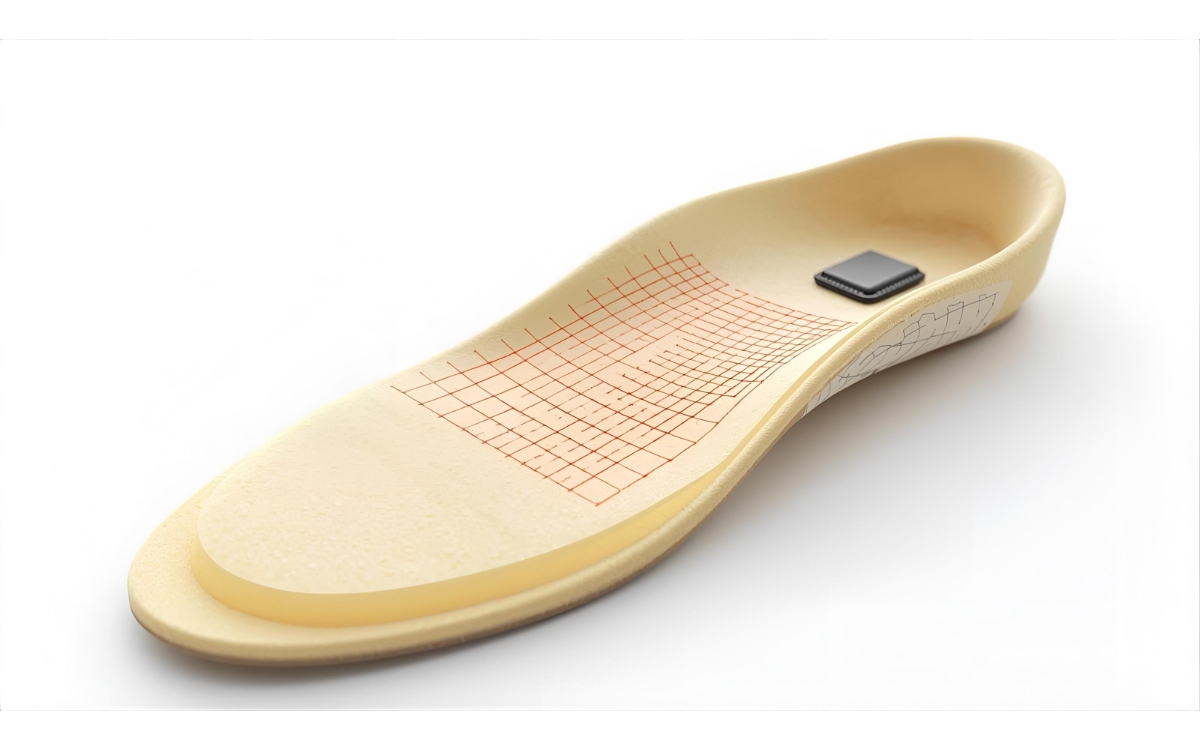Smart insoles powered by artificial intelligence are stepping out of laboratories and into daily life, offering real-time insights into how people move. This new technology is not only transforming athletic training but also opening life-changing possibilities for healthcare, from injury prevention to early detection of chronic conditions.
Breakthrough in measuring movement forces
Researchers at the University of Portsmouth have created smart insoles capable of tracking ground reaction forces with striking accuracy. Using pressure sensors and motion tracking units, the system records how weight shifts with every step. Data is processed by AI models that predict forces in real time, achieving only a 4.16 per cent error rate compared with traditional systems that often showed errors as high as 20 per cent.
The insoles connect wirelessly through Bluetooth, automatically storing movement data in organised files with time stamps. With batteries lasting up to eight hours, the devices are practical for extended use. Dr Dinghuang Zhang, who led the project, noted that the innovation delivers a far more affordable alternative to costly laboratory-grade tools, which until now confined force measurement to specialist clinics.
Solar power drives uninterrupted monitoring
A team from Ohio State University has taken the idea further by integrating solar panels into their insole design. These versions include 22 pressure sensors that recognise eight types of movements, from sitting and standing to walking, squatting and running. Energy from the panels charges small lithium batteries, allowing the sensors to operate seamlessly during everyday routines without frequent charging interruptions.
The system runs on machine learning algorithms that not only identify activities but also provide personalised health feedback. Even after 180,000 compression cycles, the insoles showed no decline in performance, confirming their durability. Made from flexible materials, they continue to function despite the repeated strain of bending and twisting. Researchers estimate such products could reach consumers within three to five years as testing expands across wider populations.
Also Read: MGM College holds second PTA meet to strengthen student success
Versatile applications across sport and medicine
Athletes are among the first to benefit, using live feedback to manage training loads while avoiding injuries caused by overexertion. Coaches and sports scientists can analyse ground forces, gait symmetry and impact loading outside traditional laboratories, applying findings directly on tracks or pitches.
Medical use is equally significant. Physiotherapists can objectively track recovery after surgery or accidents by following gait improvements over time. For people managing chronic conditions, such as diabetes, inbuilt pressure monitoring helps prevent dangerous foot ulcers, with studies reporting risk reductions of more than 70 per cent. Subtle gait changes can also act as early warning signs for plantar fasciitis or neurological disorders like Parkinson’s disease.
Challenges ahead before mass adoption
Despite its promise, challenges remain. Accuracy can vary depending on the type of footwear or walking surface, while individual gait patterns make sensor calibration complex. Researchers are working to expand databases to reflect a wider range of users, improving AI reliability across different populations. Battery performance, storage capacity and seamless connectivity also require fine-tuning before widespread adoption.
Privacy and cost are further concerns. As devices continuously gather health data, strict rules for consent and protection will be essential. While less expensive than full laboratory equipment, these advanced insoles are still beyond the reach of many consumer budgets. Durability in varied environments is another question that ongoing testing must resolve.
Also Read: A cow’s tooth is rewriting the story of Stonehenge’s construction
Smart insoles mark a turning point in how movement is studied and managed, shifting analysis from controlled labs to everyday surroundings. combining AI, wearable sensors and innovative power solutions, this technology could soon reshape training, rehabilitation and preventive healthcare on a global scale.




